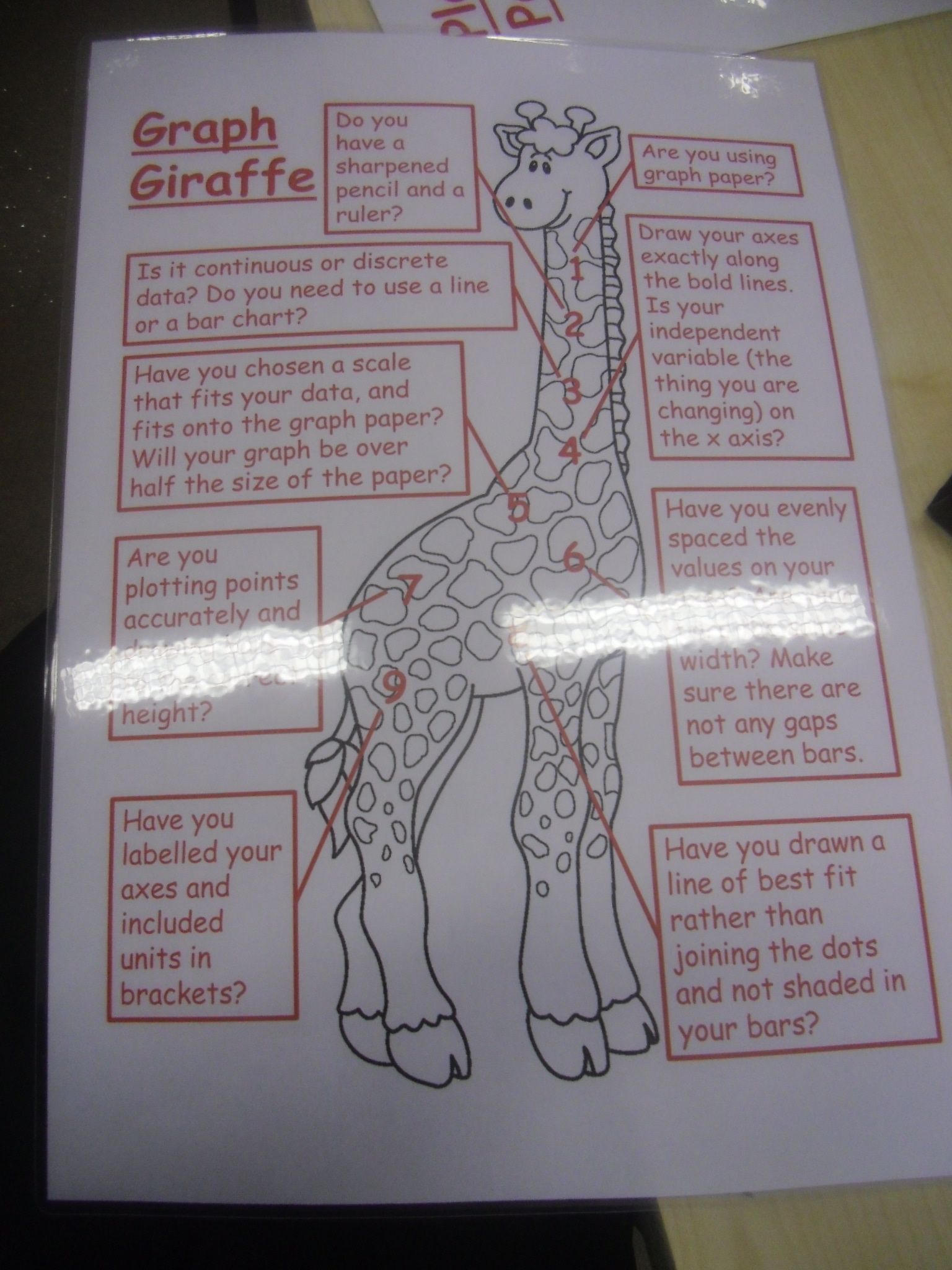Teachers are eternally prey to disappointed expectations. Students gets ‘stuck’, and stop. Their work lacks essential features, which have been emphasised many times. Teachers repeat simple points, again and again. These omissions, misunderstandings and misrememberings are frustrating and time-consuming, for students and teachers alike. How can we reduce uncertainty and remind students of key actions, without adding to the welter of existing demands we face?
Checklists are a powerful way for teachers to recall key actions under pressure, but their power for students is greater still. They offer immediate access to support, hints and reminders. Students using them experience productive independence, as they take responsibility for recalling and completing key actions. They are also a powerful tool for formative assessment:
- Checklists help students master processes: through using them, students internalise the steps to writing a good paragraph, or conducting a calculation.
- Checklists help students create excellent products: they are a reminder of what a great essay, report or presentation requires (particularly when combined with model answers).
- Process checklists allow teachers (or students) to assess progress swiftly, simply by asking, ‘Show me where you are on the checklist.’ The teacher can identify missteps immediately, and the next step for students is spelled out in black and white.
- Checklists allow students to peer assess with a focus on critical features (‘You need more evidence to support the point in paragraph three’) rather than superficial ones (‘You need to write more neatly’).
Two examples:
A product checklist: Is this work ready to hand in?
If teachers are to spend their time supporting students on complicated problems, we must automate simple ones. If we are to use our time and expertise to help students understand the knotty problems of our subject, we can’t waste it on things students can solve for themselves. This checklist applies this idea to written work, by making students responsible for fixing simple points before handing their work in – allowing the teacher to focus on deeper issues.
Pause point: This works well once students have completed their work, but before they hand it in; asking a peer to check increases the likelihood errors will be spotted.
- Title, underlined.
- Date, underlined.
- New paragraphs indented.
- Spelling and grammar.
- Current grammar/literacy point (whatever the student’s English lessons are focusing on at present).
Its painfully simple, but it saves a surprising amount of time – and reminds students of expectations whenever we use it. Examples of more sophisticated essay checklists in English and history are here.
A process checklist: How do I draw a graph?
I include this because I’ve seen it ‘invented’ in two separate training sessions on checklists. When I first discussed checklists in professional development, my colleagues in the Science Department created this immediately:

This is a slightly adapted version from Ticked Off:
When to use it? Students should proceeed through the checklist one item at a time.
- Collect your equipment – graph paper, sharpened pencil, ruler.
- Draw x and y axes along the bold lines on the paper.
- Label your axes. Put the independent variable (the thing you’re changing) on the x axis.
- Choose between a line graph (for continuous data) and a bar chart (for discrete data).
- Choose and write your scale. Make sure all the data will fit and you are using at least half the graph paper. Write the units along the axes, evenly spaced.
- Plot the points carefully.
- Draw a line of best fit (for line graphs) or the bars (for a bar chart).
Following the process using the checklist ensures students’ graphs represent data clearly, without the teacher having to firefight errors.
A similar checklist could be created for any method that students are asked to employ regularly, whether for individual tasks (such as solving quadratic equations) or larger processes (like planning an investigation). Combining the checklist with models can offer a reminder of what the key points on the checklist mean.
Conclusion
Everyone benefits from student checklists. Students:
- Take responsibility for solving problems and producing high quality work.
- Think more about what success in the subject looks like, and how to achieve it.
- Gain both the knowledge and the practice to work more autonomously.
Meanwhile, teachers can focus on the most complicated questions and the students who need their help most. By addressing the fundamental problem in teaching: infinite needs, finite resources, checklists provide a crucial tool for efficiency, excellence and autonomy in the classroom.
There are many more checklists for students in Ticked Off;

Reblogged this on The Echo Chamber.